Description
Quantum physics, also called quantum mechanics, is the branch of physics that deals with the behavior of matter and energy at very small scales, typically at the level of atoms and subatomic particles. It is one of the most fascinating yet perplexing areas of science because it challenges our everyday understanding of the world.
Here’s a simplified breakdown of the key concepts to help you understand quantum physics:
### 1. **Wave-Particle Duality**
– **Wave vs Particle**: In classical physics, we think of light as a wave (like ripples on water) and matter as particles (like tiny billiard balls). However, in quantum mechanics, particles like electrons and light (photons) can behave both as particles **and** waves, depending on the situation.
– **Double-Slit Experiment**: This experiment shows the wave-particle duality. When light or electrons pass through two slits, they create an interference pattern (like waves), but when observed closely, they behave like particles. This suggests that observation itself influences the behavior of particles.
### 2. **Quantum Superposition**
– **Multiple States at Once**: In the quantum world, particles can exist in multiple states simultaneously. This is called **superposition**. For example, an electron in an atom can exist in several different energy levels at once, and only when we measure it, it “chooses” a specific state.
– **Schrödinger’s Cat**: A famous thought experiment where a cat is placed in a box with a radioactive atom that may or may not decay. If the atom decays, it triggers the release of poison, killing the cat. According to quantum theory, until the box is opened, the cat is both alive **and** dead — a superposition of both states.
### 3. **Quantum Entanglement**
– **Spooky Action at a Distance**: When two particles become entangled, their properties are linked, regardless of the distance between them. If you measure one particle, you instantly know the state of the other, even if it’s light-years away. This phenomenon, famously called “spooky action at a distance” by Albert Einstein, challenges our understanding of space and time.
### 4. **Heisenberg Uncertainty Principle**
– **Limits to Knowledge**: This principle says that you cannot simultaneously know both the exact position and the exact momentum (speed and direction) of a particle. The more precisely you know one, the less precisely you can know the other. This is not due to limitations of technology, but rather a fundamental property of the universe.
### 5. **Quantum Tunneling**
– **Particles Passing Through Barriers**: In classical physics, if a ball doesn’t have enough energy to get over a hill, it won’t. In quantum physics, particles can sometimes “tunnel” through barriers they classically shouldn’t be able to pass. This phenomenon is crucial for many technologies, like transistors and nuclear fusion in stars.
### 6. **Quantum States and Probability**
– **Probabilities, Not Certainties**: In the quantum world, instead of predicting exact outcomes, we often work with probabilities. For example, an electron is not in one definite position, but rather has a **probability distribution** that tells us where it is likely to be found. Once you measure it, the probability “collapses,” and the electron is found in one specific place.
### 7. **The Role of the Observer**
– **Measurement Affects Reality**: In quantum mechanics, the act of measuring or observing a system can affect its outcome. Before you measure something, it exists in a superposition of all possible states. Once you observe it, the superposition “collapses” into one definite state. This leads to the famous question: does reality exist if we don’t observe it?
### 8. **Quantum Computing**
– **Computers Based on Quantum Mechanics**: Quantum computers exploit principles like superposition and entanglement to perform calculations that are practically impossible for classical computers. Instead of processing information in binary bits (0s and 1s), quantum computers use **qubits** that can represent both 0 and 1 simultaneously, potentially solving complex problems much faster.
### Summary: The Quantum World
Quantum mechanics reveals a universe that’s fundamentally different from our everyday experience. The laws of classical physics break down at small scales, and strange phenomena like particles existing in multiple states at once, or instant communication between distant particles, defy common sense. Despite its bizarre nature, quantum mechanics is incredibly successful at explaining and predicting the behavior of matter at microscopic scales, and it has led to many technological advances, including semiconductors, lasers, and quantum computing.
### A Few Key Figures in Quantum Physics:
– **Max Planck**: Introduced the concept of quantized energy, marking the birth of quantum theory.
– **Albert Einstein**: Helped explain the photoelectric effect, showing that light behaves as discrete packets of energy (photons).
– **Niels Bohr**: Developed the Bohr model of the atom and contributed to the development of quantum theory.
– **Werner Heisenberg**: Formulated the uncertainty principle.
– **Erwin Schrödinger**: Developed the famous Schrödinger equation and the thought experiment with the cat.
– **Richard Feynman**: Known for his work in quantum electrodynamics and popularizing quantum mechanics with his engaging lectures.
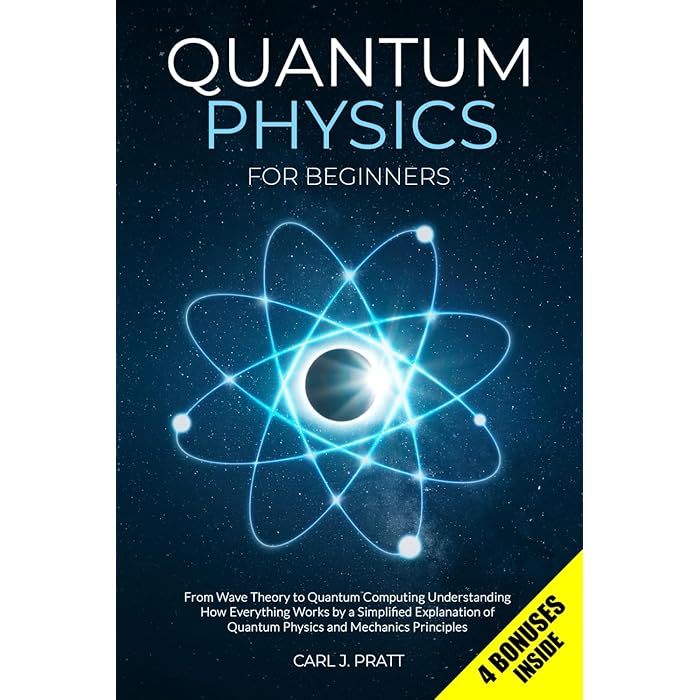
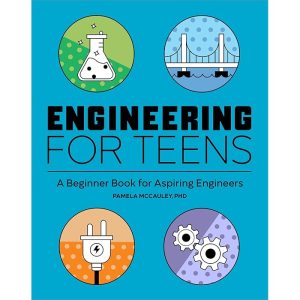


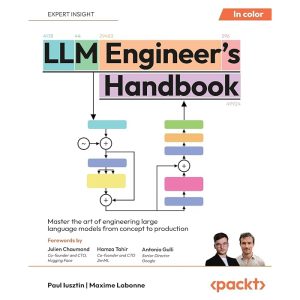

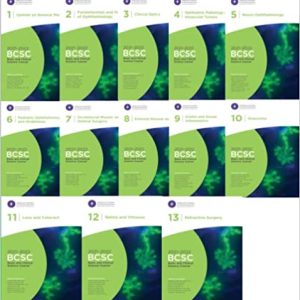




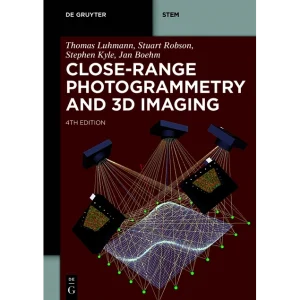
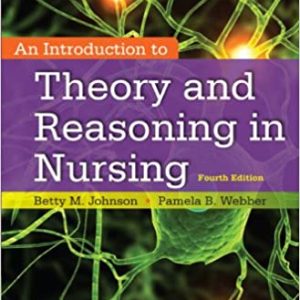




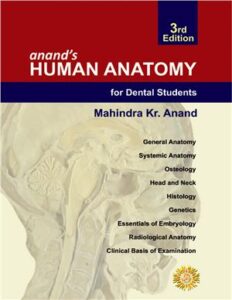

Reviews
There are no reviews yet.